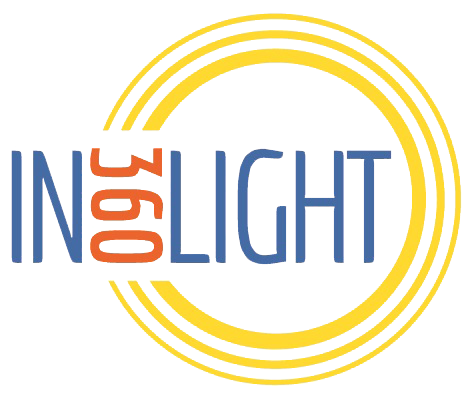It's hard to believe that, not too long ago, the only choice we had for light bulbs was between incandescent and fluorescent. Of course, there were a few other types of light bulbs available, but they were either very expensive or difficult to find. In fact, the only real choice we had was between two types of light - warm and bright.
Now, we have a much wider variety of light bulbs to choose from, including LEDs and CFLs. What's more, the color of the light can be customized to suit our needs. For example, if you need a light that is both bright and warm, you can find a bulb that emits yellow light. If you need a cooler light, you can find a bulb that emits blue light.
The difference between incandescent and LED bulbs
Incandescent bulbs are made of wire filament that glows when electricity is passed through it. LED bulbs are made of small light-emitting diodes. One of the biggest advantages of LED bulbs is that they last a lot longer than incandescent bulbs. In fact, an LED bulb can last up to 25 times longer than an incandescent bulb!
Another advantage of LED bulbs is that they are more energy-efficient. This means that you will save money on your electricity bill if you switch to LED bulbs.
The downside of LED bulbs is that they are more expensive than incandescent bulbs. However, the cost of LED bulbs has been dropping in recent years, so it's likely that the price difference will continue to decrease.
Range of color temperatures for light bulbs
When choosing a light bulb, it's important to consider the range of color temperatures available. The color temperature of a light bulb is measured in kelvins. A low color temperature (e.g. 2,700 kelvins) emits a warm, yellowish light, while a high color temperature (e.g. 6,000 kelvins) emits a cool, bluish light.
Most LED bulbs emit a color temperature of around 5,000 kelvins, which is considered to be a "neutral" light. This means that the light will not affect your mood in any way and it can be used for both indoor and outdoor lighting.
If you need a light bulb that emits a specific color temperature, you can find one that is specifically designed for that purpose. For example, if you need a warm light for reading, you can find a bulb with a color temperature of 2,700 kelvins. If you need a cool light for working, you can find a bulb with a color temperature of 6,000 kelvins.
The color of the light can also be changed by using a filter. For example, if you have an LED bulb with a color temperature of 5,000 kelvins, you can use a filter to change the color to 2,700 kelvins. This is a great way to personalize your lighting!
Examples of where to use different colors of light
Soft white or warm light: This light is best for bedrooms and living rooms. It emits a warm, yellowish light that is relaxing and calming.
Bright white or cool white: This light is best for kitchens, bathrooms, and workspaces. It emits a bright, white light that is energizing and motivating.
Daylight: This light is best for outdoor worksites, garages, reading, office spaces, construction sites, or for contractor jobs. It emits a cool, bluish light that mimics natural daylight.
Now that you know a little bit more about the different types of light bulbs available, it's time to choose which type is best for you. LED bulbs are becoming more and more popular because they last longer and are more energy-efficient than other types of bulbs. However, if you need a bulb that emits a specific color temperature, you can find one that is designed for that purpose.
If you are particularly looking for daylight light for construction or contractor jobs, please check out our lighting solutions at in360light.com. Our company, In360light, began its journey in developing the best work light for construction sites and contractors after working in the construction business for many years. After running into issue after issue with finding reliable lights that provided the proper lighting for construction sites or lighting for contractor jobs, we decided to create the Impact 20K Light and Impact 10K Light. Since then, hundreds of worksites have become safer and workers have become more efficient with our 360 degree lighting solutions.
For more information, we can be reached at info@in360light.com or by visiting our website in360light.com. Don't forget to follow In360light on Facebook and Instagram!
